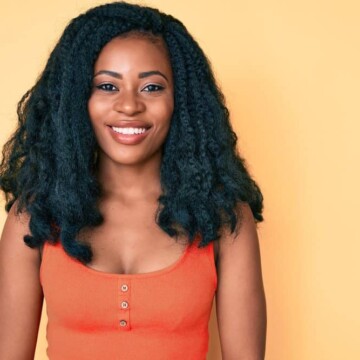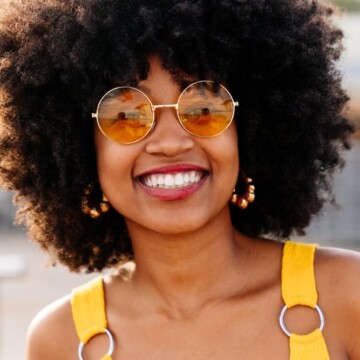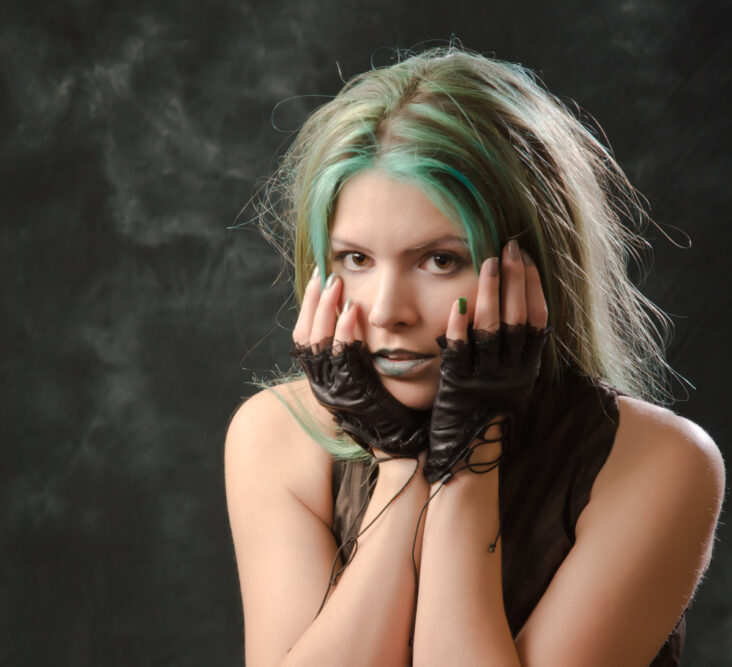
Though green hair can be edgy and attention-grabbing, when it turns green accidentally, it’s always an unwelcome surprise. If you’re wondering why your hair has turned green after dyeing it, you’re in luck!
In this article, we’re going to take a look at various causes of unwanted green hair and some steps you can take to get rid of it. So, with further ado, let's answer the primary question, "Why did your hair turn green?"
Table of Contents
Why Is My Hair Turning Green When I Dye It?
The most common causes of accidental green hair following a hair dyeing treatment are using the wrong hair dye and using toner incorrectly. Although, there are a number of reasons why your hair could be taking on a greenish hue when you dye it.
Once you figure out the cause behind the green tinge, you’ll be one step closer to getting rid of it and preventing it from happening in the future. In the next section, we'll discuss some of the most common causes of accidental green hair in more detail:
Key Takeaways
- Causes of Green Hair. The primary causes of unexpected green hair include using the wrong hair dye or incorrect toner application. For example, black and blue hair dyes might combine with yellow tones in the hair, resulting in a green tint. Additionally, ash toners containing blue and green pigments can react with yellow undertones in the hair. This reaction can enhance the green shade.
- Home Remedies. To fix green hair, try home remedies like using a clarifying shampoo. You can also apply toner with red or pink tones to neutralize green. Alternatively, you can use unusual methods like ketchup or baking soda treatments. These methods work by countering the green color or stripping it from the hair.
- Professional Solutions. If home remedies fail, visiting a salon for professional treatment is advised. A hairstylist can diagnose the issue and apply the right products to counteract the green tones.
- Preventive Measures. Prevent future occurrences of green hair by using color fillers when transitioning from light to dark hair. Choose the right hair dye shade by considering primary and secondary tones. Finally, use protective measures like swim caps in chlorinated water to avoid green color due to mineral deposits.
- Maintenance Tips. Shampoos formulated for swimmers or color-treated hair can help maintain hair health and color. Use a shower filter to remove hard water minerals. Regular deep conditioning treatments can keep hair from becoming overly porous. Porous hair often leads to undesired color changes.
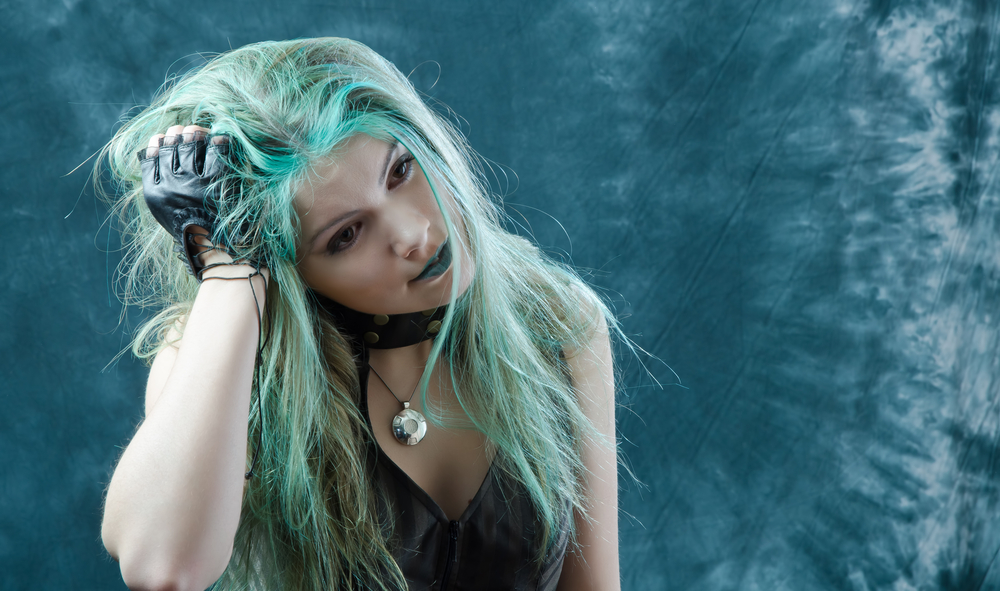
Using the Wrong Hair Dye
Using the wrong hair dye shade can cause your hair to take on a greenish tint. In addition to the primary color you see on the box, hair dye has primary and secondary tones.
If you use dye with the wrong primary and secondary tones, you might be left with a greenish color. Although it's often associated with bleaching, your hair can also take on a green hue when you try to dye it darker.
Black dye and hair rinses, for example, have a lot of blue pigments that can combine with yellow and gold tones in your hair and leave you with a greenish cast.
Using Toner Incorrectly
If you’ve recently dyed your hair, toner might be to blame for your green locks. Ash toners have blue and green pigments that can combine with the yellow undertones in your hair and leave you with green curls.
Using the wrong amounts of toner or developer or leaving your toner on for too long can also lead to a green hue.
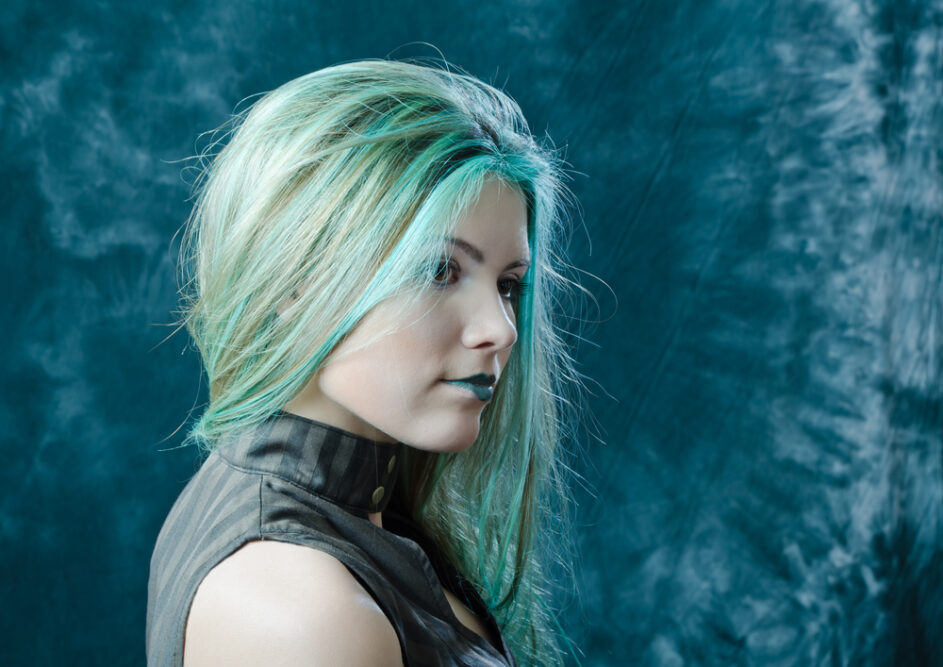
How To Fix Green Hair
While making a trip to the salon is the most effective way to correct green hair, there are a few different treatments you can try from the comfort of your own home.
Use a Clarifying Shampoo
Clarifying shampoo is a type of shampoo that is specifically formulated to cut through product buildup. A clarifying shampoo will remove mineral buildup and return your hair back to its intended color.
You’ll use your clarifying shampoo just like you’d use a regular shampoo. Wet your hair down, apply the shampoo, massage it in, and then rinse thoroughly.
Note: These shampoos can be extremely drying, so make sure you follow up with a deep conditioning treatment.
Use a Different Toner
Toning is a process that helps color-correct hair. According to color theory, opposite colors cancel each other out. If you look at a color wheel, red and green are on opposite sides.
So, choose a toner with red or pink tones to cancel out the green notes in your hair.
Here’s how to use a toner:
- Gather your materials: Toner, developer, gloves, tinting brush, and conditioner. Note on toners: In most cases, you should use a 10 volume developer if you want temporary results and a 20 volume developer for permanent results.
- Mix up your toner. Read the instructions on your toner’s packaging to determine the toner-to-developer ratio you should use. The most widely accepted toner to developer ratio is 1 to 2. But you should always reference the instructions on the packaging to be sure.
- Separate your hair into several sections to make it easier to work with. Most can get by with 4 to 6 sections.
- Apply the toner. Apply the toner to your dry or slightly damp hair in sections using your tinting brush. Focus on the areas that are the greenest.
- Set a timer once you’re done applying the toner. Usually, your hair will be done toning within 20 to 25 minutes, but you may need more time to achieve the best results. In that case, don’t leave the toner on your hair for more than 45 minutes.
- Rinse the toner out of your hair with lukewarm water.
- Shampoo your hair with a sulfate-free shampoo to remove any toner residue, and follow that up with a conditioner.
- Rinse thoroughly and move forward with your styling routine.
Use Ketchup
It might sound strange, but a ketchup hair mask might be just what you need to get rid of green-tinted hair.
Although many people think the red pigments in ketchup are what cancel out the green, it's actually due to the acidic nature of vinegar and tomatoes. The acid helps neutralize the oxidation that can lead to green hair.
- Squirt a liberal amount of ketchup onto your hair and massage it in.
- Once your hair is fully saturated, cover it with a shower cap and let the ketchup sit for up to half an hour.
- Once your time is up, rinse your hair thoroughly and follow up with your normal shampoo and conditioner.
Try a Baking Soda Treatment
Baking soda can effectively strip unwanted green from your hair. Here’s what you need to do to give it a try:
- Mix ¼ to ½ cup of baking soda with one cup of water.
- Pour the mixture on the green areas and massage it in. Baking soda can be abrasive, so massage gently.
- Let the mixture sit for up to 5 minutes before rinsing thoroughly with warm water.
- Follow up with your normal shampoo and conditioner.
You may have to repeat this baking soda treatment a few times to fully strip the green from your hair. Baking soda can be drying, so avoid using this method more than once a week. You should also follow up with a deep conditioner when possible.
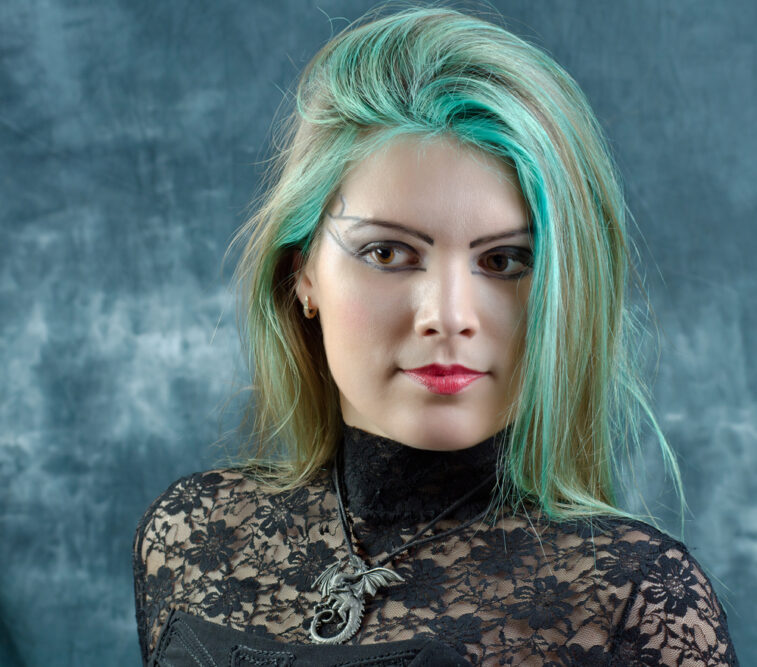
How To Prevent Green Hair in the Future
Green hair can be a nuisance, but luckily there are steps you can take to prevent it from occurring. Even if you’ve never had green hair, the following tips will help keep your locks healthy and beautifully colored.
Use a Color Filler
If you’re attempting to dye blonde hair black, using a color filler can help prevent your hair from turning an unwanted shade. Color fillers add a base pigment to your hair, so the dye has enough to hold onto.
You can use any non-lifting permanent hair dye to fill in your color. Use a color that is halfway between your starting color and the shade you want to dye your hair, and pair it with a no-lift developer (like this 10 volume developer).
If you’re going from platinum blonde to black, for example, use an espresso or chocolate brown color filler.
Choose the Right Dye Shade
When choosing a hair dye, make sure you’re not just going by the picture on a box. While the image may be what initially grabs your attention, it doesn’t necessarily reflect how that shade will work with your hair color.
To make sure you’re choosing the right shade, pay attention to the primary and secondary tones as well as the overall color level. Choose hair dyes that have warm tones instead of ones with cool, blue-green notes.
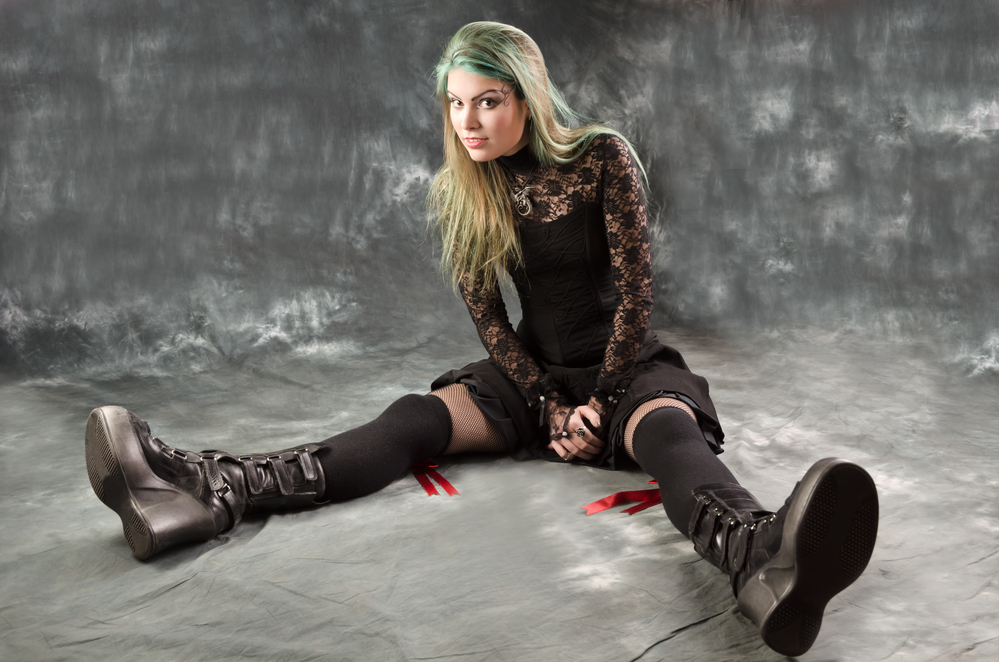
- How To Get Red Out of Hair
- How To Remove Brassiness From Hair at Home
- Why Is My Hair Changing Color by Itself?
- Fading Green Hair
The method you choose to correct your green hair should depend entirely on what caused it to turn green in the first place. While reaching out to your hairdresser might be your best bet, there are steps you can take to address it at home.
Green hair is easier to prevent than treat, so use the preventive measures we’ve gone over in this article to keep your hair green-free. Good luck!

